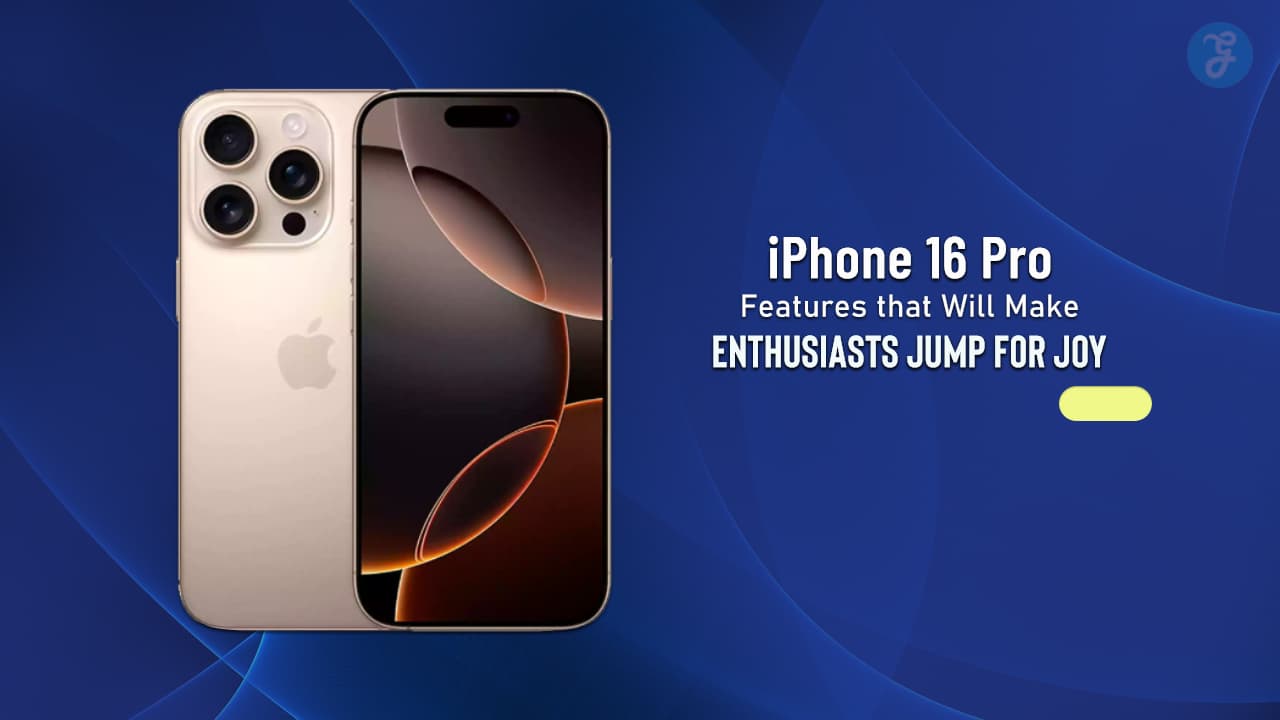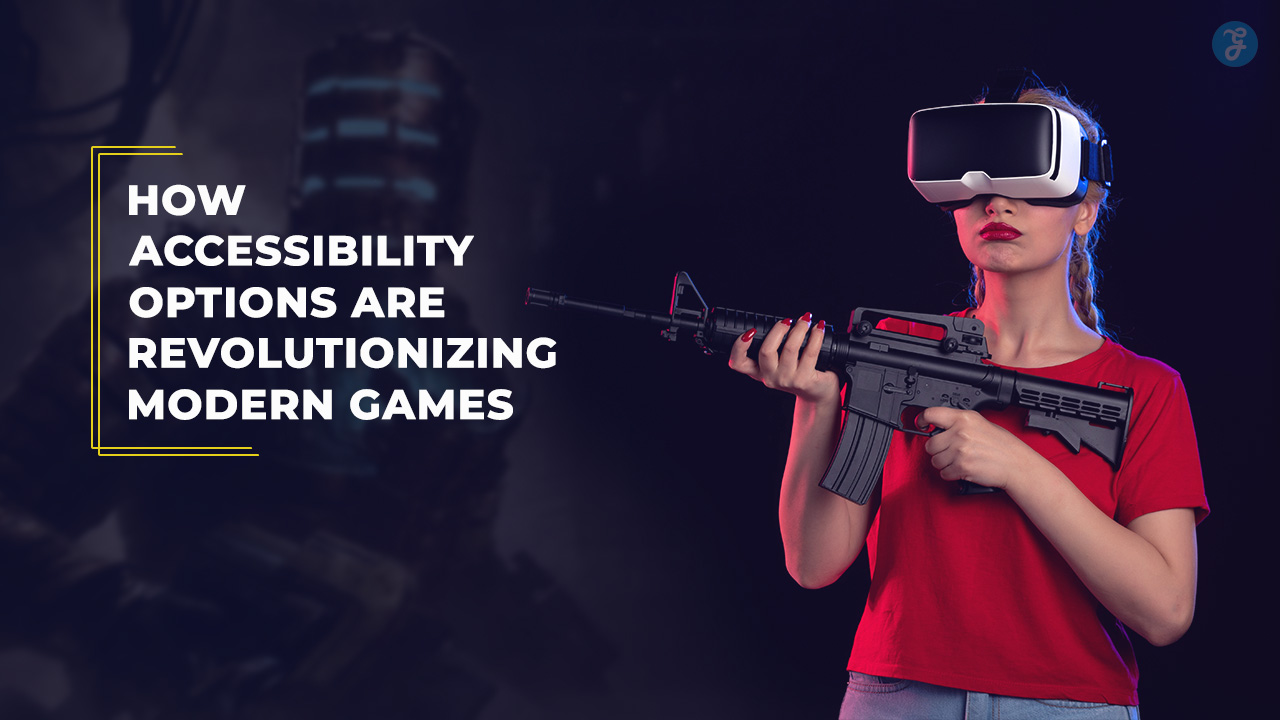Apple’s latest iteration of its flagship device, the iPhone 16 Pro, has finally hit the market, and it’s packed with features that are sure to excite tech enthusiasts.
Unveiled at the recent “It’s Glowtime” event, this new model represents a significant leap forward in smartphone technology.
In this article, we’ll dive deep into the five most impressive features of the iPhone 16 Pro that are bound to make Apple fans jump for joy.
1. Enhanced 5x Optical Zoom: A Pro-Level Photography Experience
One of the most notable upgrades in the iPhone 16 Pro is the inclusion of the 5x tetraprism zoom lens, previously exclusive to the Pro Max models. This democratization of advanced camera technology across the Pro lineup is a game-changer for photography enthusiasts.
What This Means for Users:
- Improved long-range photography capabilities
- Better quality in zoomed shots
- More versatile camera system for both the Pro and Pro Max models
The 5x optical zoom allows users to capture distant subjects with remarkable clarity and detail. Whether you’re shooting wildlife, sports events, or architectural details, this feature brings far-off subjects closer without sacrificing image quality. The tetraprism design enables Apple to fit a longer focal length into the slim profile of the iPhone, maintaining the device’s sleek form factor while significantly boosting its photographic prowess.
Technical Deep Dive:
The tetraprism zoom lens uses a series of prisms and lenses to bend light at a 90-degree angle inside the phone’s body. This innovative design allows for a longer telephoto lens without increasing the phone’s thickness.
The result is a true optical zoom that maintains image quality far better than digital zoom methods.
The 5x zoom lens is equivalent to a 120mm focal length in 35mm format, providing significant reach for a smartphone camera.
This focal length is particularly suited for portraits, wildlife photography, and capturing distant landmarks or sports action.
Image Stabilization:
To counteract the increased shake that comes with longer focal lengths, Apple has implemented an advanced optical image stabilization (OIS) system. This system uses a combination of lens-shift and sensor-shift technologies to compensate for hand movements, ensuring sharp images even in challenging lighting conditions or when shooting handheld at full zoom.
Computational Photography Enhancements:
The 5x zoom doesn’t work in isolation. It’s deeply integrated with Apple’s computational photography algorithms.
These algorithms analyze multiple frames captured in quick succession, combining the best elements to produce a final image with enhanced detail, dynamic range, and noise reduction. This is particularly beneficial when shooting in low light conditions, where the smaller aperture of the telephoto lens would typically struggle.
2. Revolutionary Camera Control Button: A New Era of Mobile Photography
The iPhone 16 Pro introduces a groundbreaking physical camera control button, marking a significant shift in how users interact with their device’s camera. This touch-capacitive button, located on the bottom right side of the phone, brings DSLR-like control to your smartphone photography experience.
Key Features of the Camera Control Button:
- Light press: Focuses on the subject
- Hard press: Captures the photo
- Swipe: Switches between photo and video modes or adjusts zoom
- Click and hold: Records video
Haptic Feedback:
The button incorporates Apple’s Taptic Engine to provide subtle haptic feedback. This feedback helps users distinguish between different actions without looking at the screen, enhancing the tactile experience of using the camera.
Customization Options:
Users can customize the button’s behavior in the camera settings. For instance:
- Adjusting the sensitivity of the touch surface
- Remapping swipe gestures to control other features like exposure compensation
- Enabling or disabling certain functions to suit personal shooting styles
Accessibility Considerations:
The new button also enhances accessibility. Users with limited mobility or those wearing gloves can more easily operate the camera, as the physical button is more forgiving than a touchscreen.
Potential Drawbacks:
While the camera button is an exciting addition, it may come with a learning curve. Some users might accidentally trigger features while getting used to the new control scheme. There’s also the potential for accidental activation when the phone is in a pocket or bag, although Apple has likely implemented safeguards against this.
Future Implications:
This new control mechanism could pave the way for more advanced camera features in future iPhone models. For instance, it could enable more granular manual controls or serve as a foundation for attachable camera grips or other photography-focused accessories.
3. Siri’s AI-Powered Transformation: A Smarter, More Capable Assistant
With the help of the new Apple Intelligence system, Siri, Apple’s virtual assistant, has undergone a significant overhaul.
This upgrade addresses long-standing criticisms and brings Siri more in line with competing AI assistants, leveraging advanced machine learning and natural language processing techniques.
Technical Underpinnings:
- On-Device Processing: Many of Siri’s new capabilities are processed on-device, thanks to the A18 Pro chip. This ensures faster response times and enhanced privacy.
- Neural Engine Optimization: The neural engine in the A18 Pro is specifically optimized for natural language processing tasks, enabling more complex AI operations.
- Advanced Machine Learning Models: Apple has implemented state-of-the-art machine learning models for speech recognition, natural language understanding, and language generation.
Privacy Considerations:
Apple maintains its commitment to privacy with these new features:
- On-device processing minimizes data sent to the cloud.
- Users have granular control over what personal information Siri can access.
- Option to delete Siri history and opt out of voice recording analysis.
Rollout Plan:
- Live beta in the US starting October
- Expansion to additional countries in December
- Support for more languages planned for the following year
Challenges and Considerations:
- Balancing functionality with privacy concerns
- Ensuring consistent performance across different accents and dialects
- Managing user expectations as Siri’s capabilities expand
This significant upgrade to Siri demonstrates Apple’s commitment to competing in the AI assistant space and provides users with a more capable and intuitive interface for interacting with their devices. The enhancements position Siri not just as a simple voice assistant, but as a comprehensive AI-powered interface for the entire iOS ecosystem.
4. A18 Pro Chip: Powering the AI Revolution
At the heart of the iPhone 16 Pro’s enhanced capabilities lies the new A18 Pro chip. This cutting-edge processor is designed to handle the demands of on-device AI processing while improving overall performance and energy efficiency.
The A18 Pro represents a significant leap forward in mobile computing technology, setting new standards for what’s possible in a smartphone.
Key Specifications and Improvements:
- Up to 15% faster than the A17 Pro
- 20% reduction in power consumption
- 17% increase in memory bandwidth
- Advanced display engine supporting ProMotion and always-on display
- 3nm technology for smaller, more efficient transistors
RAM Upgrades:
- iPhone 16 Pro: 12GB of RAM
- Base iPhone 16: 8GB of RAM
These substantial increases in RAM contribute to improved multitasking capabilities and faster app launches. The increased RAM is particularly beneficial for:
- Keeping more apps active in the background
- Handling large files in creative applications
- Smoother performance in memory-intensive games
- Supporting complex AI operations without slowing down other tasks
AI Capabilities:
The A18 Pro chip is specifically designed to handle the computational demands of generative AI tasks. This on-device processing power ensures:
- Faster AI-driven features:
- Real-time language translation
- On-device speech recognition with minimal latency
- Instantaneous image and video analysis
- Enhanced privacy by keeping more data processing on the device:
- Sensitive information doesn’t need to leave the phone for processing
- Reduced reliance on cloud services for AI tasks
- Reduced reliance on cloud-based AI services:
- Many AI features work offline
- Improved performance in areas with poor network connectivity
Power Efficiency:
Despite its increased performance, the A18 Pro is more power-efficient than its predecessors. This is achieved through:
- Advanced power gating techniques to shut down unused portions of the chip
- Dynamic frequency and voltage scaling
- Improved thermal management to maintain performance over extended periods
Manufacturing Process:
The 3nm manufacturing process used for the A18 Pro allows for:
- Higher transistor density, enabling more complex designs in the same chip area
- Lower power consumption due to reduced electrical resistance
- Improved yields and potentially lower manufacturing costs at scale
The A18 Pro chip represents a significant step forward in mobile computing, positioning the iPhone 16 Pro as a powerhouse device capable of handling current and future AI-driven applications.
Its combination of raw processing power, energy efficiency, and specialized AI capabilities ensures that the iPhone 16 Pro will remain at the forefront of smartphone technology for years to come.
5. Larger, More Immersive Display: A Visual Feast
The iPhone 16 Pro pushes the boundaries of screen size, offering the largest displays ever seen on an iPhone.
This increase in screen real estate, combined with minimized bezels, provides users with a more immersive visual experience that’s sure to delight both casual users and power users alike.
Display Specifications:
- iPhone 16 Pro: 6.3-inch display (up from 6.1 inches in the previous generation)
- iPhone 16 Pro Max: 6.9-inch display (up from 6.7 inches in the previous generation)
Resolution and Pixel Density:
- iPhone 16 Pro: 2556 x 1179 pixels at 460 ppi
- iPhone 16 Pro Max: 2796 x 1290 pixels at 460 ppi
- Maintains the “Retina” standard, ensuring text and images appear sharp and clear
Always-On Display:
- Leverages LTPO technology to keep essential information visible with minimal power consumption
- Customizable to show time, date, widgets, and notifications
- Intelligently dims when not in use or when the phone is face down or in a pocket
Accessibility Features:
- Larger screens benefit users with visual impairments by allowing for larger text and UI elements
- Improved zoom functionality for users who need magnification
- More space for assistive touch controls and custom gestures
Energy Efficiency:
Despite the larger screen sizes, Apple has implemented several technologies to maintain or even improve battery life:
- LTPO technology allows for variable refresh rates, reducing power consumption
- OLED technology means only lit pixels consume power, saving energy on darker content
- A18 Pro chip’s efficiency helps manage the power demands of the larger display
- Increased focus on AR and VR applications that benefit from larger displays
Apple’s decision to increase screen sizes indicates a shift towards prioritizing visual experiences and productivity. This change reflects the evolving ways in which users interact with their devices, from content consumption to mobile productivity and creative work.
While some users may need time to adjust to the larger form factor, the benefits in terms of usability, immersion, and functionality are likely to make these new, larger displays a standout feature of the iPhone 16 Pro lineup.
Conclusion: A Leap Forward in Smartphone Technology
The iPhone 16 Pro represents a significant evolution in Apple’s smartphone lineup.
These five key features – the advanced 5x optical zoom, the innovative camera control button, the AI-enhanced Siri, the powerful A18 Pro chip, and the larger, more immersive display – collectively push the boundaries of what’s possible in a smartphone.
They represent Apple’s commitment to innovation across hardware, software, and user experience design.
While some features, like the new camera button and increased screen size, may require adjustment periods for users, they ultimately contribute to a more powerful and versatile device. The integration of advanced AI capabilities, both in hardware and software, positions the iPhone 16 Pro at the forefront of the next generation of smartphones.
As Apple continues to push the boundaries of what’s possible in mobile technology, the iPhone 16 Pro stands as a testament to their commitment to innovation and user experience.
The iPhone 16 Pro isn’t just a new iteration of a familiar device; it’s a glimpse into the future of mobile computing.
As users begin to explore and leverage these new capabilities, we can expect to see new applications, use cases, and innovations emerge, further cementing the iPhone’s position as a central tool in our digital lives.








































